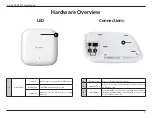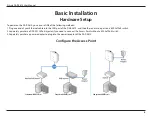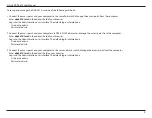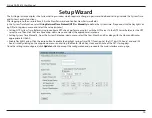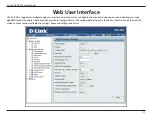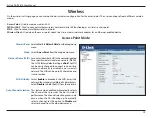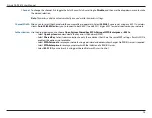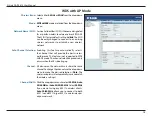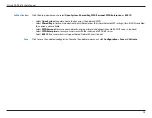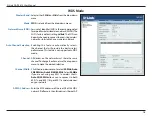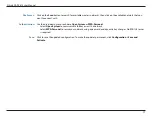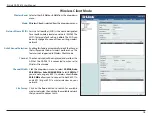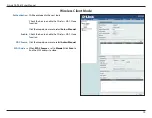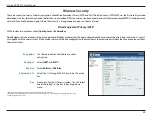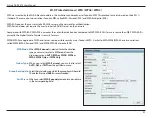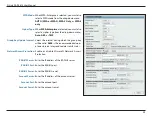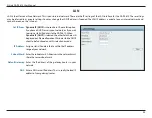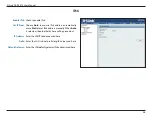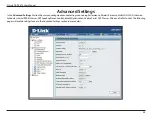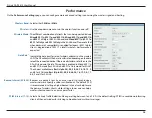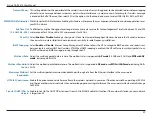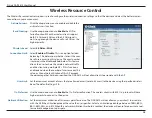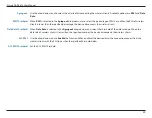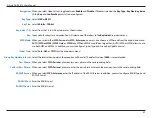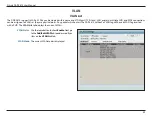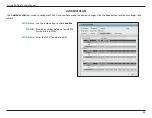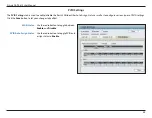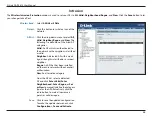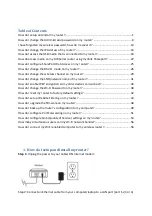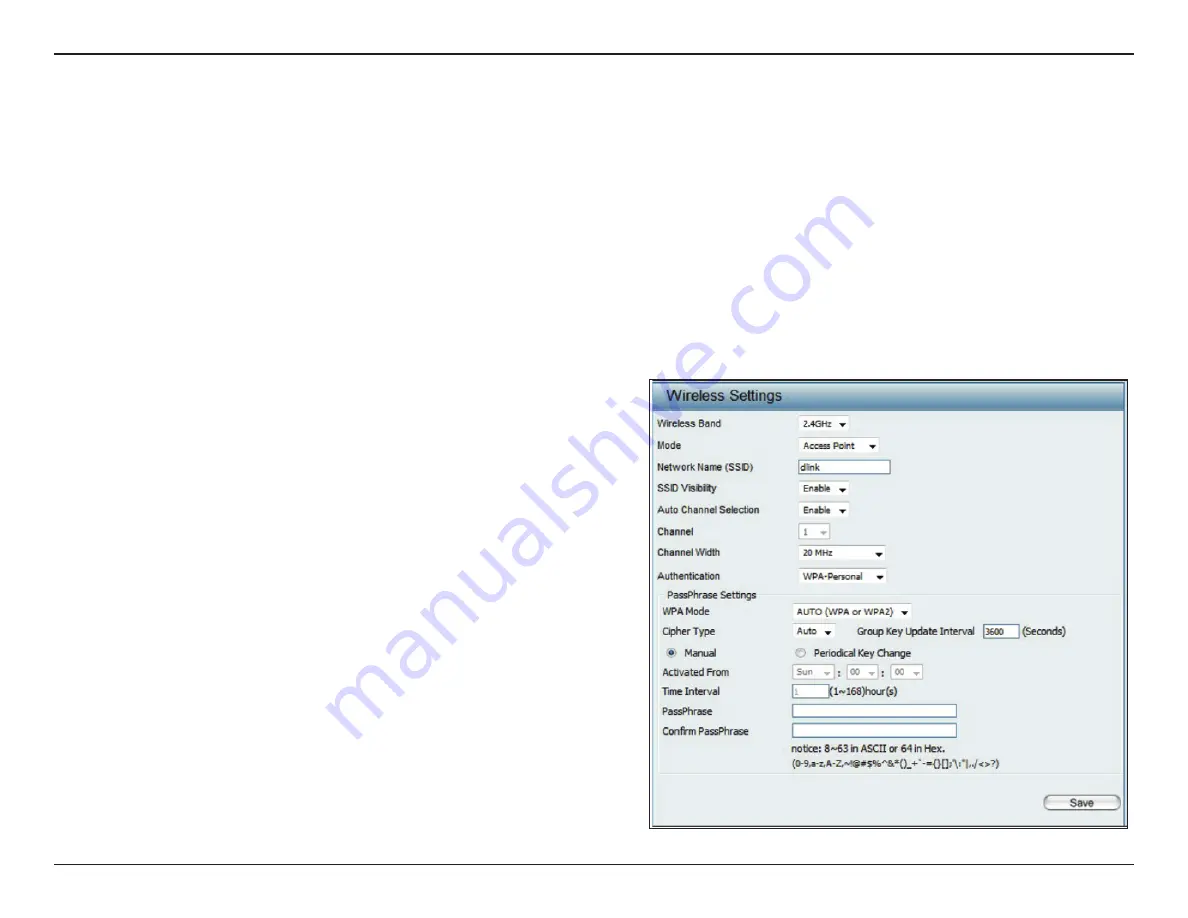
D-Link DAP-2610 User Manual
21
Wi-Fi Protected Access ( WPA / WPA2 / WPA3 )
WPA was created by the Wi-Fi Alliance to address the limitations and weaknesses found in WEP. This protocol is mainly based on the 802.11i
standard. There are also two variations found in WPA called WPA-Personal (PSK) and WPA-Enterprise (EAP).
WPA-EAP requires the user to install a RADIUS server on the network for authentication.
WPA-Personal does not require the user to install a RADIUS server on the network.
Compared with WPA-EAP, WPA-PSK is a weaker form of authentication but compared to WEP, WPA-PSK is far more secure than WEP. WPA-EAP is
currently the highest level of wireless security for users.
WPA2/WPA3 are upgrades of WPA and solves some possible security issues found in WPA. Similar to WPA, WPA2/WPA3 have two variations
called WPA2/WPA3-Personal (PSK) and WPA2/WPA3-Enterprise (EAP).
WPA Mode:
Cipher Type:
Group Key Update:
PassPhrase:
When
WPA-Personal
is selected for Authentication
type, you must also select a WPA mode from the
drop-down menu:
AUTO (WPA or WPA2)
,
WPA2
or
WPA3
,
WPA2 Only
, or
WPA3 Only
.
When you select
WPA-Personal,
you must also select
AUTO
,
AES
, or
TKIP
from the pull-down menu.
Select the interval during which the group key will be valid.
The default value of
3600
is recommended.
When you select
WPA-Personal
, please enter a passphrase
in the corresponding field.

